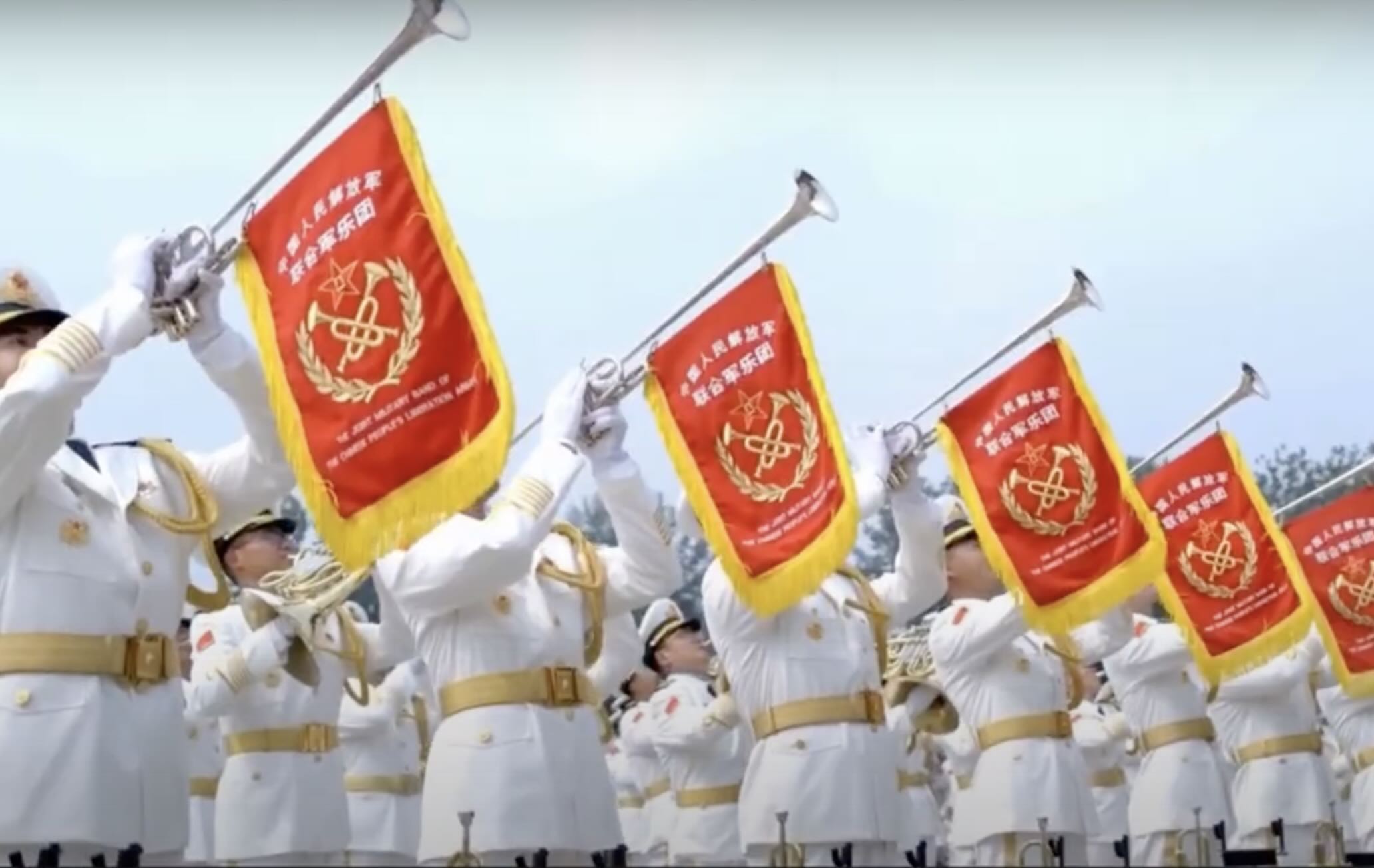


The event, centred on Tiananmen Square, will be led by President Xi Jinping and attended by 26 foreign leaders, according to an announcement from the Chinese foreign ministry carried by state media.
The Kremlin and Pyongyang have both confirmed that President Vladimir Putin and North Korean leader Kim Jong Un will travel to the Chinese capital for the commemoration. For Kim, it will be his first visit to China since 2019 and his first appearance at a multilateral event in years.
Attendance will also include leaders of countries under Western sanctions, notably Iran and Myanmar. Tehran’s president, Masoud Pezeshkian, and Myanmar junta chief Min Aung Hlaing are expected in Beijing, Chinese officials said on Thursday. Belarusian leader Alexander Lukashenko and Serbia’s President Aleksandar Vučić are also listed among invitees. The United Nations will be represented by Under-Secretary-General Li Junhua.
Within the European Union, participation appears limited to Slovakia’s prime minister, Robert Fico, who has publicly said he will attend. No leaders from Western Europe are expected. Media in the region have characterised the line-up as notable both for who is coming and who is not.
China’s Ministry of National Defense has trailed a showcase of “new-type” capabilities. Preparations point to a massed display of personnel and equipment, including systems not previously shown in public. Earlier briefings indicated the parade would feature extensive formations, aircraft and missile units as part of the Victory Day programme.
Diplomatically, the gathering highlights deepening ties between Beijing, Moscow and Pyongyang at a time when all three face various forms of Western pressure. News agencies in China and abroad have framed the joint appearance of Xi, Putin and Kim as a deliberate signal ahead of a period of heightened regional activity. Kim is expected to meet both Xi and Putin while in Beijing, according to wire reports.
Energy trade remains a central factor in Russia’s external resilience. China is the largest buyer of Russian crude—around 2 million barrels per day by some estimates—while India has become a major customer since 2022. Recent market reporting suggests Chinese refiners have been booking additional Russian cargoes for autumn delivery, and that India’s intake, though variable month to month, continues to account for roughly a third of its overall imports this year.
The parade also sits alongside a broader calendar of China-hosted diplomacy. While not attending the parade itself, India’s prime minister is due in China for meetings around the Shanghai Cooperation Organisation gathering in Tianjin, with bilateral engagement expected with Xi and, separately, with Putin. This sequencing places several high-level conversations in close proximity to the 3 September commemorations.
For Western governments, the optics are clear. Reports indicate no participation by leaders from the United States, the United Kingdom or the EU’s larger member states. Commentators have linked this absence to concerns about China’s military signalling and to ongoing disputes over Ukraine, technology controls and trade. The presence of leaders from Russia, Iran and Myanmar—each subject to significant U.S. and European sanctions—will be watched closely for any bilateral announcements at the margins of the ceremony.
Beijing last held a similar World War II victory parade in 2015. This year’s iteration, officials say, will be shorter in duration but dense in content, with an emphasis on domestically developed systems. Security preparations in the capital have been stepped up in advance, with large-scale rehearsals and traffic restrictions around central parade routes.
Taken together, the guest list and programme point to two parallel dynamics. First, China is using the anniversary to present itself as host to a coalition of partners spanning Asia and beyond, including states that have maintained or expanded economic ties with Russia since 2022. Second, the near-total absence of Western leaders places the commemoration within the current strategic stand-off, with Beijing’s diplomatic calendar overlapping with meetings that will bring Xi, Putin and Kim into close contact. What emerges from any side-meetings—on defence industry cooperation, energy flows or North Korea’s external engagement—will be central to assessments in Washington and European capitals in the days following 3 September.